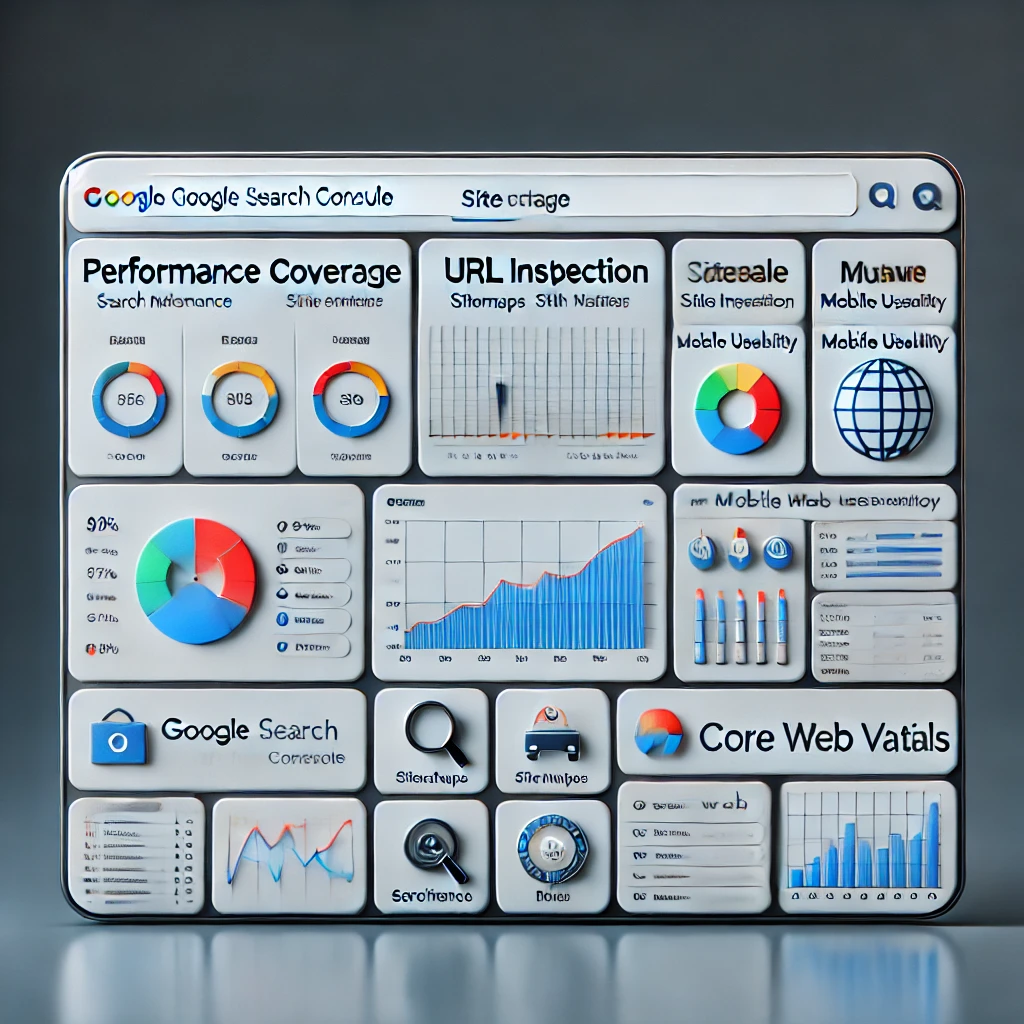A Complete Guide to Targeting and Retargeting with Meta Ads
Meta Ads, formerly known as Facebook Ads, is one of the most powerful tools for businesses looking to reach their ideal audience and achieve measurable results. This guide explores the intricacies of targeting and retargeting, enabling you to optimize your ad campaigns and maximize ROI.
Understanding Targeting in Meta Ads
Targeting is the process of defining and narrowing down the audience you want to reach with your ads. Meta offers extensive targeting options, allowing businesses to precisely connect with potential customers. Here are the primary types of targeting available:
- Demographic Targeting Meta Ads allows you to target users based on demographics such as:
- Age
- Gender
- Education level
- Relationship status
- Job titles
- Household income
- Interest-Based Targeting This option enables advertisers to reach people based on their interests, activities, and hobbies. For example:
- Fitness enthusiasts
- Technology lovers
- Foodies
- Behavioral Targeting Behavioral targeting focuses on users’ actions, such as purchase behavior, device usage, or travel habits. For example:
- Frequent travelers
- Online shoppers
- Smartphone users
- Location-Based Targeting Target users based on their geographic location, whether it’s a country, state, city, or even a radius around a specific address. This is particularly useful for local businesses.
- Custom Audiences Custom audiences allow you to target users who have already interacted with your business. These could include:
- Website visitors
- App users
- Customers from your email list
- Lookalike Audiences A Lookalike Audience is a group of people who share similar characteristics to your existing customers. Meta’s algorithm identifies patterns and finds users who are likely to be interested in your products or services. Example: If you upload a list of top customers, Meta can find users with similar demographics and behaviors.
Creating Effective Ad Campaigns Using Targeting
To make the most of Meta’s targeting options, follow these best practices:
- Define Clear Goals Before launching your campaign, establish what you want to achieve, whether it’s increasing website traffic, generating leads, or driving sales. Your goals will influence your targeting strategy.
- Understand Your Audience Conduct thorough research to understand your audience’s preferences, pain points, and online behavior. This will help you craft ads that resonate with them.
- Use Narrow Targeting for Specific Campaigns If you’re running a campaign for a niche product, narrow targeting ensures your ads reach the right audience.
- Experiment with Broad Targeting for Awareness For brand awareness campaigns, broader targeting can help you reach new audiences and expand your reach.
- Test and Optimize Run A/B tests to compare different audience segments, creatives, and ad placements. Use Meta’s reporting tools to analyze performance and refine your targeting strategy.
What Is Retargeting?
Retargeting, also known as remarketing, involves showing ads to users who have previously interacted with your business but haven’t taken a desired action, such as making a purchase. Retargeting campaigns are highly effective because they target warm leads who are already familiar with your brand.
How Retargeting Works
Retargeting uses tracking tools like the Meta Pixel to monitor user interactions. The Pixel collects data on users who visit your website, view products, or add items to their cart. Based on this data, you can create retargeting campaigns to re-engage these users.
Types of Retargeting Strategies
- Website Retargeting Show ads to users who visited your website but didn’t complete a purchase. For example:
- Remind users of items left in their shopping cart.
- Offer discounts to entice them to return.
- Video Retargeting Retarget users who watched your video ads but didn’t take further action. For example:
- Show follow-up ads to users who viewed 50% or more of your video.
- Engagement Retargeting Reach users who interacted with your content on Meta platforms (e.g., liked a post, commented, or shared).
- App Retargeting Re-engage app users who haven’t used your app recently. Encourage them to return by highlighting new features or offering incentives.
- Dynamic Retargeting This advanced strategy automatically shows personalized ads featuring products that users have browsed on your website. For example:
- If a user viewed a specific pair of shoes, they’ll see an ad showcasing that item.
Best Practices for Retargeting
- Segment Your Audience Create separate retargeting campaigns for different audience segments, such as:
- Users who visited your website but didn’t add items to their cart.
- Users who added items to their cart but didn’t complete the purchase.
- Personalize Your Ads Use dynamic ads to tailor your content to each user’s behavior. For example:
- Include product images, names, and prices in the ad.
- Offer Incentives Provide discounts, free shipping, or limited-time offers to encourage users to take action.
- Set Frequency Caps Avoid overwhelming users with too many ads by setting a frequency cap to control how often your ads are shown.
- Focus on Timing Launch retargeting campaigns shortly after users interact with your business. The sooner you re-engage them, the higher the chances of conversion.
Measuring Success in Targeting and Retargeting
To evaluate the effectiveness of your campaigns, monitor these key metrics:
- Click-Through Rate (CTR) A high CTR indicates that your ads are relevant and engaging.
- Conversion Rate Measure how many users completed the desired action after clicking your ad.
- Cost Per Conversion Analyze the cost-effectiveness of your campaigns by calculating the cost per lead or sale.
- Return on Ad Spend (ROAS) This metric shows how much revenue you earned for every dollar spent on ads.
- Audience Insights Use Meta’s Audience Insights to learn more about your audience’s demographics, interests, and behaviors.
Final Thoughts
Mastering targeting and retargeting with Meta Ads requires a strategic approach. By leveraging Meta’s powerful targeting tools and retargeting capabilities, businesses can connect with the right audience at the right time, boosting conversions and maximizing ROI. Consistently monitor performance, experiment with different strategies, and refine your campaigns to achieve long-term success.












